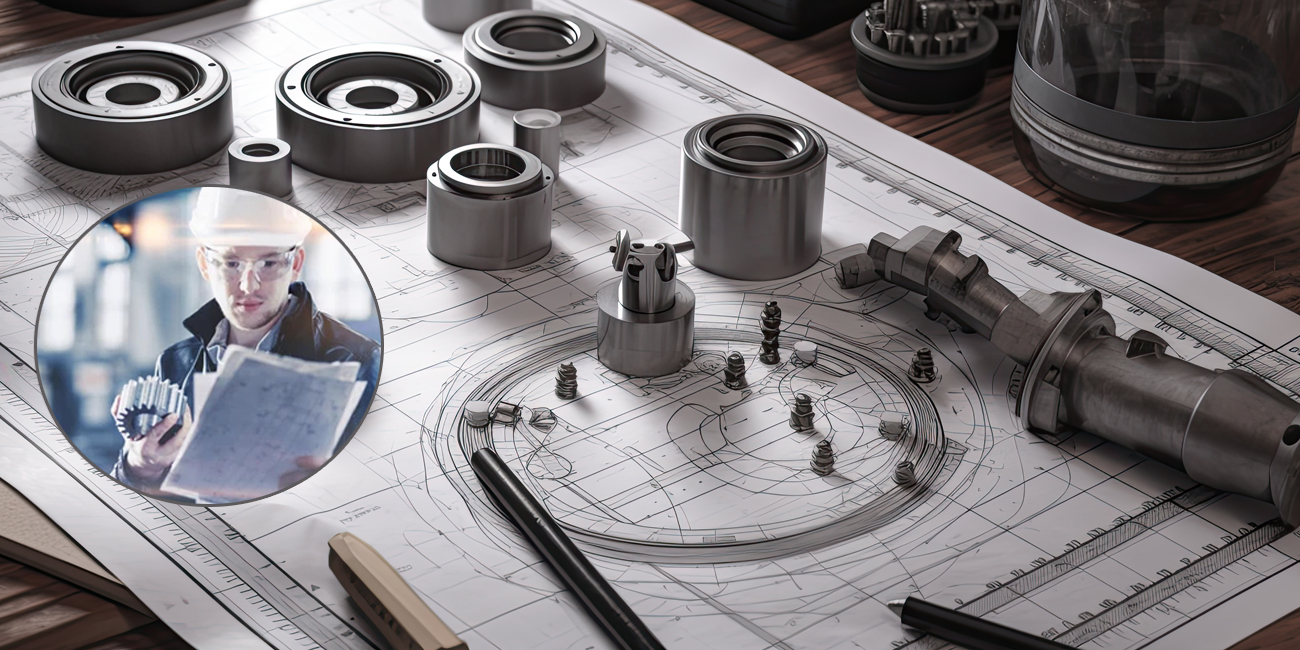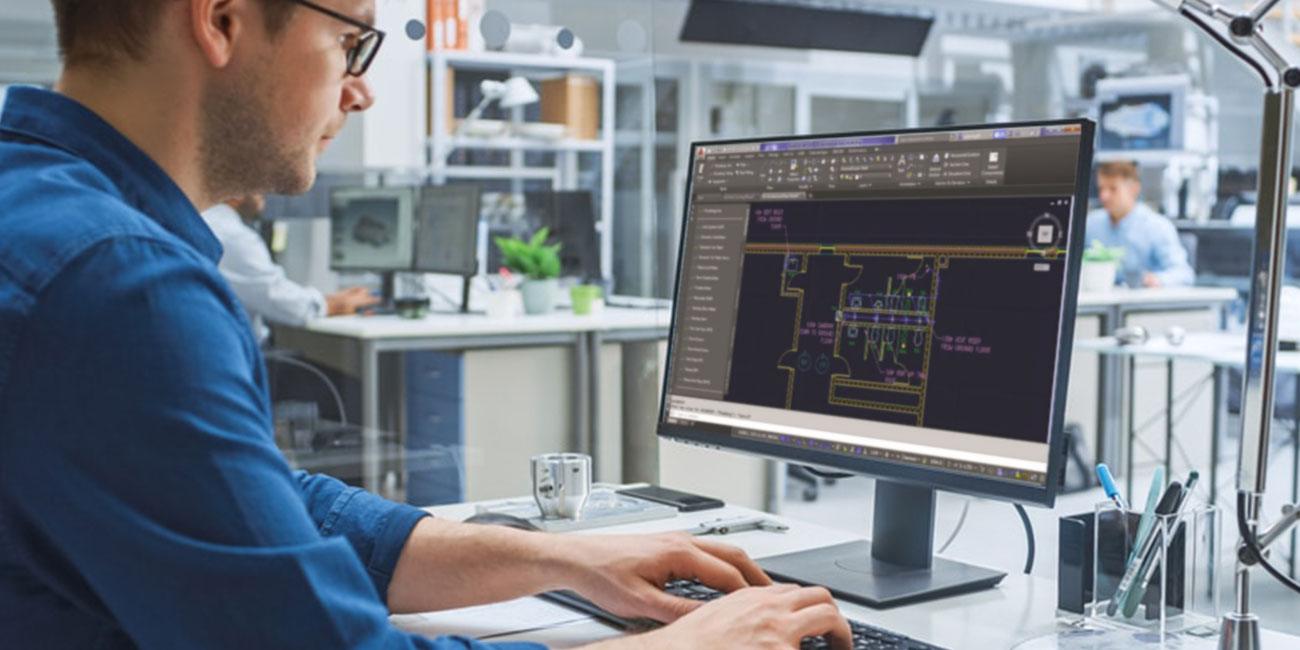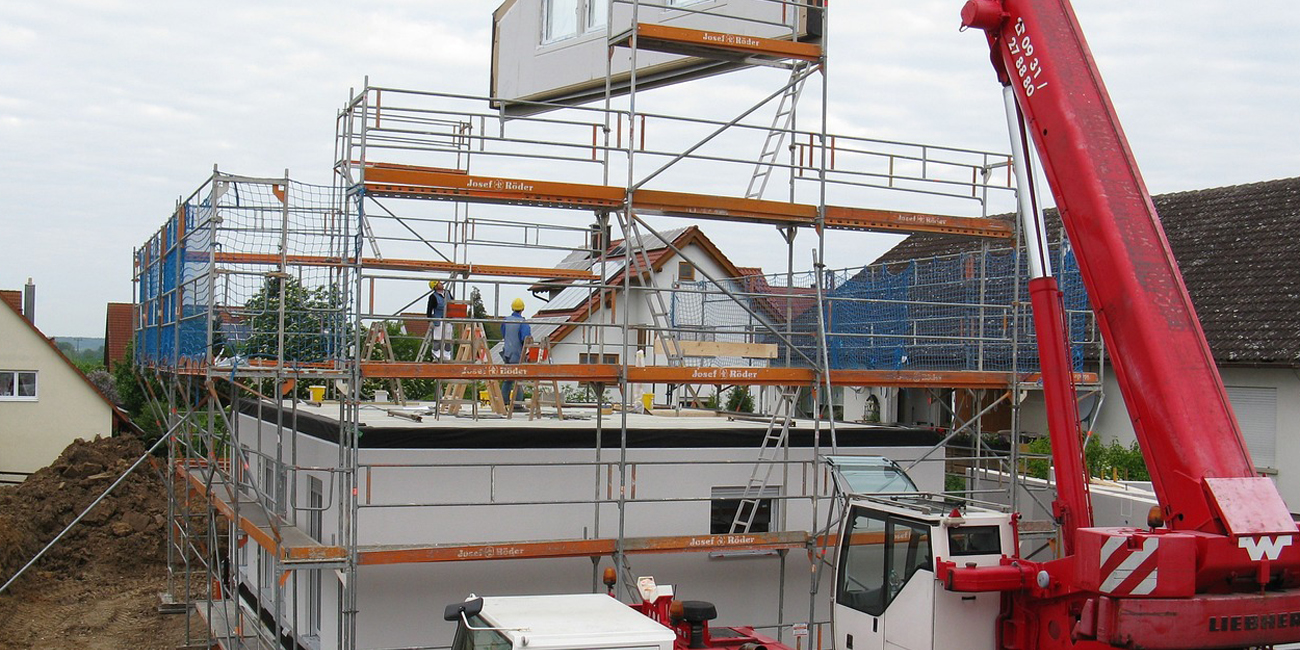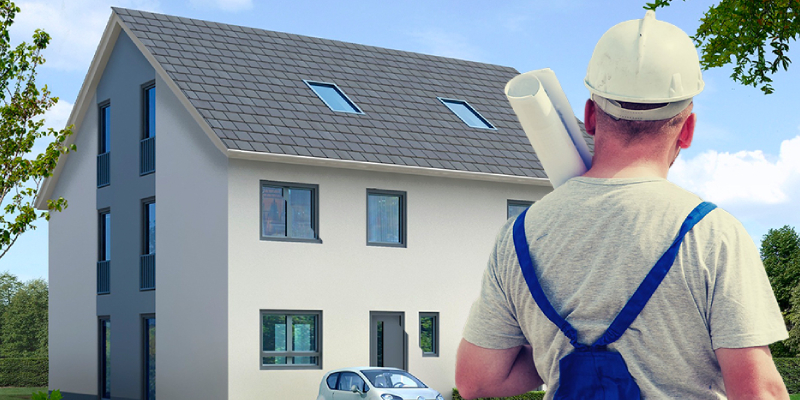
Designing and building a new house is challenging as well as an audacious project. This task requires your active and persistent engagement right from the stage of finding a suitable plot, developing blueprints or design, tracking of various resources till construction. Selection of the plot, its location, and surrounding play a crucial role in the final shape and design of the property.
As we move ahead to plan for a new house, each of us has a need and expectation attached to it based on our lifestyle. So, bringing the house from imagination to reality is a complicated task as it requires creativity, your active involvement, rational decision making, time, and money, to mention few.
From the concept to construction
The whole project i.e. from concept to construction can be put in order of three stages as it will guide us smoothly to understand the process of making conception a reality.
Stage 1: Visualizing and designing the new house
Before we start the designing process one needs to come up with a basic concept of the kind of house desired and how it should look like. Architecture photo books and magazines would give a good overview of the latest design and trends.
The success of a project largely depends on its design as a great design makes a great home. And a good design ensures to achieve the best solution and what is going to be built is right. The design stage can be further subdivided in the following sub-steps.
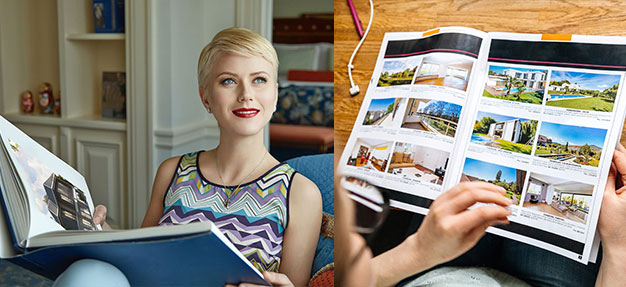
Requirements brief
Create a brief before consulting the design team and put across all the vital requirements of your project. Information like architectural style (traditional or contemporary), room information and its size, layout of the internal rooms, energy efficiency etc. should be included that matches your need and lifestyle. Using the brief the budget can be estimated in consultation with the design team.
Topological survey
A topological survey with the design team will record all the spatial information of site; natural as well as manmade features, and its elevations. It supports a professionally drafted plan through SWOT analysis and records building footprints, soil quality, orientation, solar access, climate response, floor levels, utility services like drainage, gas, power, sewer, phone, water, etc., and access to transport.
Concept sketches
Develop Concept drawings by yourself or get it done by an architect to explore the basic design ideas, layout, and design composition. The technical aspect of the design should be probed into such as services layout, structure, solar paths, prevailing wind, etc. The sketches must capitalize the site strengths and opportunities, minimize the weakness like solar access, and overcome threats like fire, flood, etc.
Client's review and change adjustments
A preliminary review should be done by you (client) to ensure the developed sketches matches the brief. Reassess each aspect of the drawing, ask for several variations of an option from the architect to get the best out of it, and recommended the required changes in plans, sections, and elevations.
2D drawings and 3D model of the project
The initial 2D drawings need to be updated and a 3D model to be developed by the architect to showcase how the house will look on the selected site.
Client review and final inputs
Review the 3D model, give your final inputs or changes that are required, and ensure the model looks as you want it.
Stage2: Planning before the construction starts
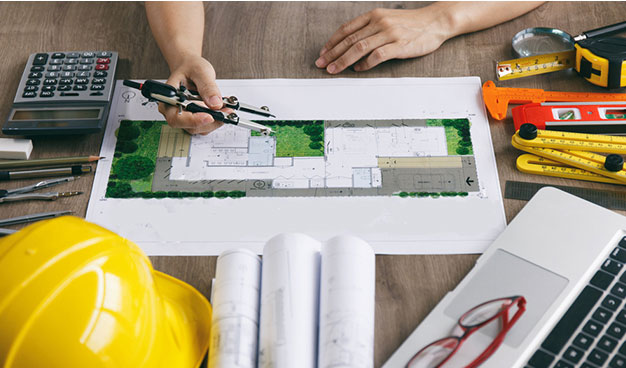
Review of the planning policies
It is crucial to review the planning policies which include environmental clearance (energy, water, noise control, landscaping, etc.). Cross-check if the plot comes under a green-belt, conservation area, or falls under paragraph 55. It may be required to consult an ecologist, flood consultant, or other consultants who deal with the special planning policies.
Updating the drawings based on the material
Update the initial design and 3d model rendered images according to the planning policies.
Complete design assessment and final client approval
The 3D design, drawings, and rendered images need to be verified once again, reassess the construction system, landscape design, building form, floor plan, heating& cooling system, water system, and external finishes before giving it a final call.
Cost and quantity estimation
Get an estimated cost by the design team as it includes several variables that may vary the final budget and create future problems. The cost gets driven majorly by size, construction system, site issues (wind, slope, fire hazard, etc.), cost of water, energy supply, sewer, and transport. The quantity estimation of materials helps in coming up with the probable budget.
Timeline mapping
Time is one of the important aspects which need to be mapped to keep a check on the progress of the project.
Once the planning process is about to conclude, develop a planning application document included with a detailed design and access statement; submit it to the local planning authority and get it registered.
Stage 3: Interior Design
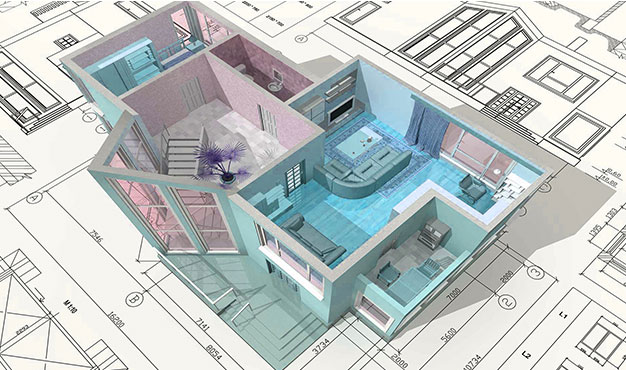
Design visualization
The needs and requirements mentioned by you, in brief, must be implemented in the floor plan. Detailed design of floor plan, bedroom location, living area, service areas, garage, etc. need to be visualized in the 3d model to get a better idea.
Interior planning and space management
Interior planning should ensure good connectivity between indoor and outdoor, a good connection and flow between the rooms, smart use of space, and a better management of volume i.e. height of the ceiling, windows, etc., and lightning.
Use the natural qualities of the site to design the interiors, give the living room the direction of north/north-east for natural lightning, bedroom in the east to get sunlight in the morning and cool air in the night, the services areas like bathroom and storeroom can be planned in the west as we use it the least and the west is the hottest part of the building.
Focus on Quality for Interior designing, create spaces with flexibility and maximum functionality that can be used for various purposes now and in the future for the coming generations.
Technical feasibility analysis and drafting based on construction plan
The design team should analyze the technical feasibility of the interior plans; the recommendations must be realistic and technically possible to make the project successful. Proactive technical feasibility and sustainability evaluation are vital, to avoid future challenges and contradictions. Change your interior plans if not technically possible, and take the suggestion of the design team. Drafting of interior design needs to adhere to the construction plan, i.e. technology to be used, construction method, resource, estimated cost, and timeline.
Consulting an Architectural Service Provider
Building a house is a huge investment; the design created is permanent, and its impact outstays generations, other families, and communities. A better design not just fulfills our requirement but helps us live better, provides comfort, privacy, safety with low maintenance for ages.
So, consulting a professional architectural design and planning provider before contacting any construction agency or contractor makes more sense. eLogicTech being an civil engineering, architectural, and building information modeling service provider applies the science of architecture, understands the technical aspect of the building, and makes better use of space, material, and aesthetics. Our understanding of technology, feasibility analysis, cost estimation, and blueprints developed by an experienced team of architects can help you build your dream home.
Let's have a discussion and avail a chance to get a free consultation and quote.
Stay up to date.
Sign up our newsletter for latest article and news.






